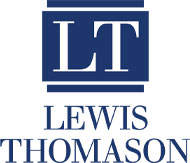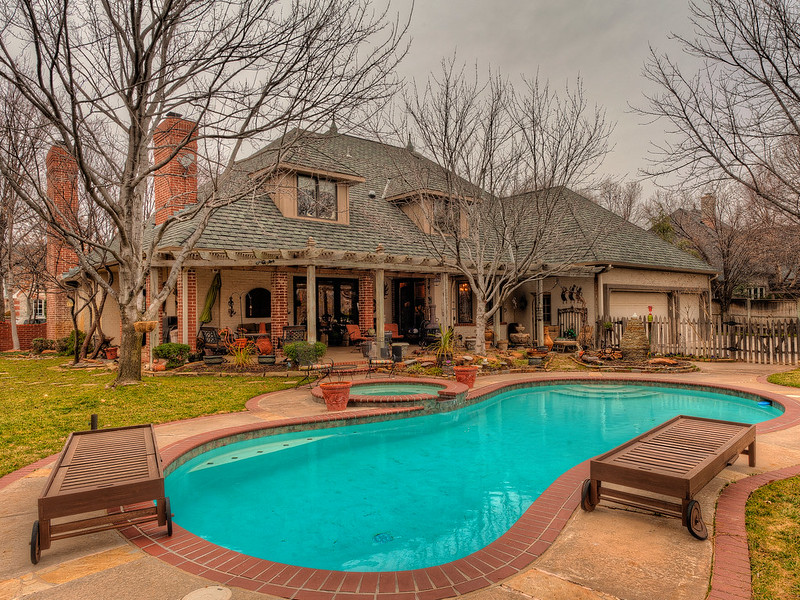Appeals Court Sides with Homeowners in Pool Construction Lawsuit
A recent decision sheds light on the ability of a subsequent purchaser of a subdivision (who we refer to as the “Developer” for simplicity’s sake) to usurp control of a development. Along with family members, the Developer sought to retain full control over architectural decisions of homeowners within the community without regard to the Developer’s duty to cede control of the subdivision to an HOA.
Conn v. Donlon, 2023 Tenn. App. LEXIS 90 (Tenn. Ct. App. March 8, 2023) involves a dispute between Homeowners who desired to construct a swimming pool and fence on their lot and the Developer of a Subdivision where the Homeowners reside. The Homeowners contacted the HOA in December 2018 regarding construction of a pool and fence on the Homeowners’ property, and subsequently notified the Developer’s office that the Homeowners were ready to proceed. The Developer sent a letter advising he was considering the pool proposal had not rendered a final decision. Without prior approval for construction, the Homeowners paid a deposit for construction of the pool.
In April 2019, the day after the Homeowners broke ground on construction of their new swimming pool, Developer filed suit to prevent the Homeowners from building their desired pool and fence. The Homeowners filed a motion for summary judgment, arguing that the Developer had breached his duty to turn over control of Phase I of the subdivision to the landowners and was thus prohibited from enforcing the restrictive covenants. The Developer asserted that he “currently serves as the Architectural Review Committee” of the Subdivision and that he retained authority to enforce the subdivision’s restrictive covenants contained in the Subdivision’s Declaration filed with the county register’s office in 2006.
For background, the Declaration required the Developer to form an HOA but did not set forth a specific timeframe within which the Developer was required to cede authority to enforce the Declaration. In fact, an HOA had been formed prior to the Developer purchasing the Subdivision in 2010. The Developer alleged that the prior HOA was administratively dissolved in 2007 and that the HOA in effect at the time of his purchase was “loosely formed” and operating without apparent authority or direction. The Developer further alleged that the HOA agreed to turn over control of the association to the Developer in March 2014. The Developer then appointed himself, his daughter, and another relative to the subdivision’s Board of Directors. In May 2014, the Developer revised two lots in the Subdivision for construction of a clubhouse and community pool and conveyed those lots to the HOA in July 2015.
The Trial Court granted Homeowners’ motion based on the decision in Innerimages, Inc. v. Newman, 579 S.W.3d 29, 45 (Tenn. Ct. App. 2019).
“One of the primary goals of a developer is to develop real estate and turn over control of that property to a self-regulating community” and that “[r]equiring developers to create an association and to turn over control after a reasonable time helps ensure that property owners can actually obtain the ‘form of collective decision making’ that they bargained for when they purchased their property.”
Innerimages, Inc. v. Newman, 579 S.W.3d 29, 45 (Tenn. Ct. App. 2019)
As in Innerimages, the Court considered factors in the Uniform Common Interest Ownership Act (UCIOA), which stated in pertinent part that Developers must relinquish control “(1) [60] days after conveyance of [three-fourths] of the units that may be created to unit owners other than a declarant” or “(3) two years after any right to add new units was last exercised.”
The Subdivision consisted of three contiguous phases, with Phase I at issue in this lawsuit. Phases II and III remained under development. The Developer had usurped control of the HOA and appointed himself and his family members to the Board. Despite provisions in the Declaration allowing the Developer to retain sole architectural and design review authority for an undetermined period of time, the Developer could not rely on such provisions to control the Homeowners’ property in perpetuity. The Developer had a duty not only to create an HOA but to cede control to the HOA after a reasonable period of time necessary to protect his interest in completing and marketing the project. Further, there was evidence that the development of Phase I had been stagnant for more than three years; only 3.5% of the lots (totaling two lots) remained unsold.
In its March 2023 opinion, the Court found that the Developer had breached his duty to cede control and could not continue enforcing the covenants and restricts of the Declaration against the Phase I homeowners. Accordingly, the Court upheld the Trial Court’s granting of summary judgment in favor of the Homeowners.
The takeaway? On the one hand, developers are afforded a reasonable time to market and develop property, during which property owners may not “escape the consequences of valid restrictive covenants.” Developers are not prohibited from specifying a period of time within which the developer remains in control, but developers cannot “rely in perpetuity on a provision specifying a period of time the developer remains in control of the property.” If a developer fails to discharge his duty to create and/or turn over authority to an HOA, courts may “exercise their equitable powers to fashion an appropriate remedy.”
Photo credit: Bill Wilson licensed under Attribution 2.0 Generic (CC BY 2.0)






